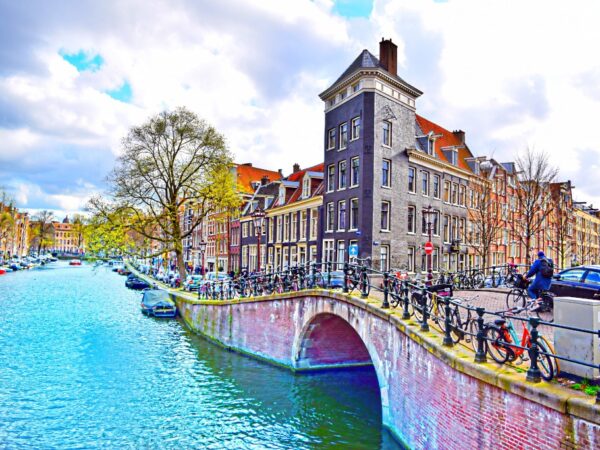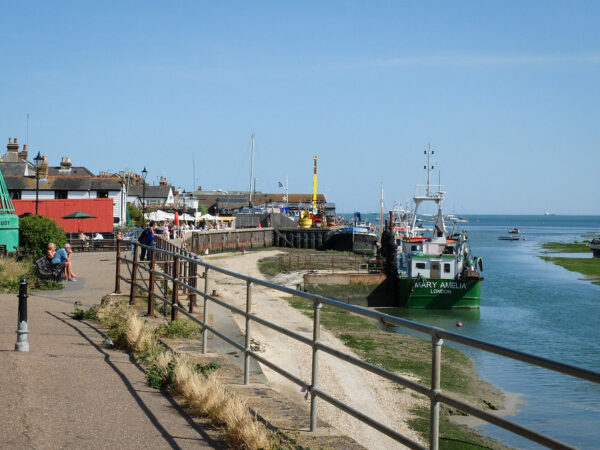Swindon Planning Applications:Navigating the planning application process in Swindon, England, can be complex, but with the right knowledge and preparation, you can increase your chances of success. Whether you’re planning a residential extension, a commercial development, or a change of land use, understanding the process and adhering to local regulations are crucial steps towards achieving approval.
Introduction to Swindon Planning Applications
Swindon, located in the southwest of England, follows a structured planning application process overseen by Swindon Borough Council. This guide provides a detailed overview of Swindon planning applications, covering everything from application types to common challenges and tips for success.
Understanding the Swindon Local Plan
The Swindon Local Plan serves as the foundational document for planning decisions in the area. It outlines the council’s policies on land use, development, and conservation. Before submitting a planning application, it’s essential to review the Local Plan to ensure that your proposal aligns with the council’s vision for sustainable development.
Types of Swindon Planning Applications
Swindon Borough Council accepts various types of planning applications, including:
- Full Planning Permission: For major developments or significant changes.
- Outline Planning Permission: Initial approval in principle, with details to be confirmed later.
- Reserved Matters Application: Details following outline approval, such as design and appearance.
- Listed Building Consent: For works on listed buildings.
- Change of Use: Converting a property from one use class to another.
Understanding which type of application suits your proposal is crucial for a successful submission.
Preparing Your Swindon Planning Application
A wellprepared planning application is more likely to succeed. Key elements include:
- Site Location Plan: Showing the proposed development in context.
- Site Layout Plan: Detailed plan of the development site.
- Elevations and Sections: Showing how the building will look from different angles.
- Design and Access Statement: Justifying the proposal’s design and demonstrating access.
- Supporting Documents: Such as environmental assessments or heritage impact assessments.
Ensure all forms are correctly filled out and that your application meets the council’s validation requirements.
Common Challenges in Swindon Planning Applications
Navigating Swindon planning applications comes with its challenges, including:
- Neighbourhood Opposition: Addressing concerns from local residents.
- Environmental Impact: Mitigating any potential harm to the environment.
- Heritage Concerns: Especially for developments near listed buildings.
- Traffic and Parking: Assessing the impact on local traffic flow.
- Policy Compliance: Ensuring alignment with the Swindon Local Plan.
Being aware of these challenges and addressing them in your application can increase your chances of success.
Tips for a Successful Swindon Planning Application
To improve your chances of approval, consider the following tips:
- Engage with the Community: Discuss your plans with neighbours and address their concerns.
- Consult with Planning Officers: Seek pre application advice to understand council expectations.
- Use Professional Help: Consider hiring a planning consultant or architect.
- Understand Planning Policies: Ensure your proposal meets all relevant policies and guidelines.
- Be Patient: Planning decisions can take time, so be prepared for a wait.
Digital Transformation in Swindon Planning Applications
Swindon Borough Council has embraced digital transformation to streamline the planning application process. The council’s planning portal allows applicants to submit applications, track progress, and receive updates online. This has made the process more accessible and transparent for applicants and stakeholders.
Recent Developments in Swindon Planning Applications
Recent developments in Swindon planning applications include:
- Focus on Sustainable Development: Encouraging green initiatives and energy efficient designs.
- Affordable Housing Targets: Meeting the demand for affordable housing in the area.
- Brownfield Redevelopment: Encouraging redevelopment of previously developed land.
- Digital Submission: Transitioning to fully digital planning applications.
Staying informed about these developments can help you tailor your application to current priorities.
Case Studies of Successful Swindon Planning Applications
- Examining case studies of successful planning applications in Swindon can provide insights into what works. Examples include:
- New Housing Developments: Meeting local housing needs while enhancing the community.
- Commercial Developments: Bringing new businesses and jobs to the area.
- Heritage Projects: Preserving and enhancing Swindon’s historic buildings.
Learning from these examples can help you strengthen your own planning application.
Public Consultation and Feedback
Once your planning application is submitted, it will undergo a public consultation period. This allows local residents, community groups, and stakeholders to provide feedback. Engaging with the consultation process and addressing concerns raised can help build support for your proposal.
Conclusion
Navigating Swindon planning applications requires careful planning, adherence to local policies, and engagement with stakeholders. By following the tips and advice outlined in this guide, you can improve your chances of securing planning permission for your development in Swindon.
FAQs
1. How long does the Swindon planning application process take?
The time taken to process a Swindon planning application can vary depending on its complexity. Simple applications may be decided within 8 weeks, while larger or more contentious applications could take longer.
2. Can I make changes to my planning application after it has been submitted?
Yes, you can make amendments to your planning application before a decision is made, usually in response to feedback or additional information requests from planning officers.
3. What should I do if my Swindon planning application is refused?
If your planning application is refused, you have the right to appeal the decision to the Planning Inspectorate. Alternatively, you can revise and resubmit your application, addressing the reasons for refusal.
4. Are there specific environmental considerations for Swindon planning applications?
Yes, Swindon planning applications must consider potential environmental impacts, such as air quality, noise, and biodiversity. Depending on your proposal, you may need to submit an Environmental Impact Assessment (EIA).
5. How can I check the status of my Swindon planning application?
You can check the status of your Swindon planning application online through the council’s planning portal or by contacting the Planning Department directly. Regularly monitoring the status allows you to stay informed about any updates or decisions made.
Also read: Trains from London to Berlin: 10 Insider Secrets to Save Money on Tickets












